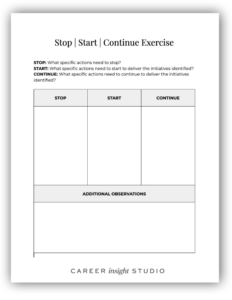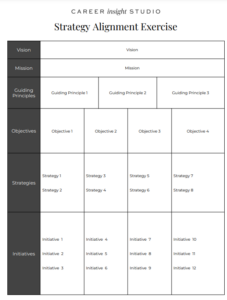When employees are able to prioritize well, they’re more likely to hit deadlines and enjoy their jobs. In fact, a study in the Journal of Personality and Social Psychology links the ability to prioritize with higher job satisfaction and creativity. So, how do we make this happen? Here are three methodologies to get the prioritization party started at work.

In today’s hyper-connected world, navigating the fast-paced demands of the workplace can feel like trying to swim against an endless flow of decisions. With inboxes to triage, tasks to do and delegate, and team members to support, you might find yourself grappling with the big dreaded P word: Prioritization.
Prioritization has been on our collective radar since Stephen Covey’s book, The 7 Habits of Highly Effective People was published in 1989. It’s become even more vital in today’s constantly evolving world.
But despite being a talking point since shoulder pads were in style, today only 52% of professionals feel confident in their ability to prioritize effectively, according to a recent study from Research Gate.
This statistic underscores a troubling reality: despite a plethora of tech tools to make us more productive than ever, we’re so overwhelmed that we sometimes struggle to even start.
Why Prioritization Matters
While we all know the benefits of prioritizing, it’s important to note that it isn’t just about managing your workload; it’s a way to stay mentally well and feel good about your work. This is true for everyone – managers, teams and individual contributors. When we are able to prioritize, we feel more satisfied and happy because it reduces the feeling of overwhelm and increases our focus on what truly matters! A work friend of mine used to warn, “If we don’t prioritize, it’s like death by a thousand cuts.” And honestly, who’s lining up for that experience? No, thanks!
The cost of inaction can be staggering: when prioritization falters, confusion reigns, leading to miscommunication, lost revenue, and an increase in employee burnout.
So how to get better at prioritizing, you ask??
The act of prioritizing is an executive function of the brain. As such, it’s kind of like a muscle that needs practice in order to improve. One great way of doing that is to use a structured approach to practice prioritizing until it feels natural enough to do organically. Doing these exercises in a group setting can be extremely helpful in empowering your team to be a part of the process.
“The key is not to prioritize what’s on your schedule, but to schedule your priorities.” —Stephen Covey.
Here are three exercises to try with your team:
Methodology 1: The “Stop, Start, Continue” Exercise

This exercise is a very cool method designed to enhance prioritization within teams. It helps create a clear understanding of actions that align with organizational goals. This simple yet effective framework encourages team members to reflect on their current practices and evaluate their impact on overall productivity and success. Here’s how to do it.
Have each participant identify three categories of actions:
- Those that should be stopped because they no longer serve the team’s objectives or may even hinder progress.
- Those that should be started to address gaps or capitalize on opportunities.
- Those that should continue because they are effective and contribute positively to the organizations goals.
By engaging in this reflective process, teams can streamline their focus, eliminate inefficiencies, and ensure that everyone is aligned on what truly matters. This not only helps in prioritizing tasks but also promotes a culture of open communication and continuous improvement, empowering teams to make informed decisions that drive success.
Methodology 2: The Strategy Alignment Exercise

The Strategy Alignment Exercise is a great approach designed to ensure that team activities and priorities are directly aligned with the broader organizational goals.
This exercise involves bringing together team members to review the company’s strategic objectives and then map individual tasks and projects against these priorities.
The framework helps people evaluate how their current work contributes to these goals, identifying areas where alignment may be lacking or where resources could be better allocated.
By fostering discussions around strategic intent and individual contributions, this exercise helps teams prioritize their efforts effectively, ensuring that everyone is working towards the same vision and maximizing overall impact.
This alignment not only enhances productivity but can strengthen collaboration and accountability within the team.
Methodology 3: The 100 Pennies Exercise
Truth be told, I have not tried this one yet but thought it was worth sharing as I plan to try it out with my team. The idea with this one is to help teams identify and allocate their resources (pennies) to the most important company initiatives. Here’s how it works:
- Each team member or group is given 100 pennies (or any small units of value – it could be paperclips or pieces of paper).
- Everyone then distributes their pennies among various projects or initiatives based on their perceived importance.
- Afterward, a conversation is led to discuss priorities and collective agreement on where to invest time and effort.
By visualizing and quantifying priorities in this way, teams can gain clarity on what truly matters to the organization and the rest of the team. It’s a simple way to streamline focus and ensure that efforts and resources are directed toward initiatives that will lead to the greatest impact.
Do you see yourself trying one of these three methods with your team? Please let me know how it goes!



